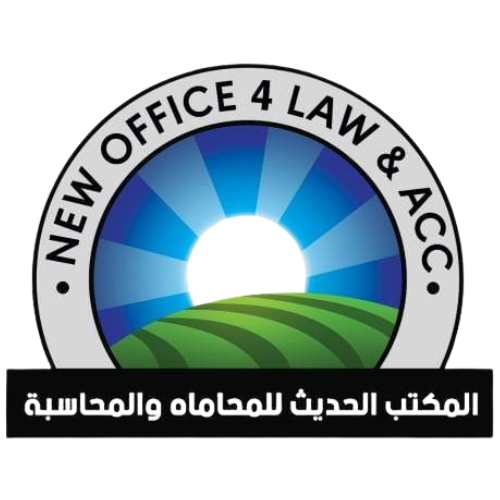When you’re applying for a business loan in Egypt, there’s one document that banks take more seriously than your pitch deck, your enthusiasm, or even your collateral: the feasibility study.
But not just any feasibility study. We’re talking about a structured, data-driven, and realistic document that shows your project isn’t just a dream—it’s a viable, bankable opportunity.
At New Office for Law & Accounting, we’ve helped dozens of clients secure funding by preparing feasibility studies that meet banking standards. Here’s how to get it right.
✅ What is a Feasibility Study?
In simple terms, a feasibility study answers one key question:
“Is this project financially, legally, and practically possible?”
It examines the viability of a new business idea or expansion plan by analyzing:
- Market demand
- Startup costs & ongoing expenses
- Projected income & profits
- Risks and how to manage them
- Legal and regulatory requirements
For banks, this study acts as proof that you’re not gambling with their money—you’re investing it wisely.
🧩 What Do Banks Expect to See?
If you want your feasibility study to pass a bank’s review committee, here’s what it must include:
1. Executive Summary
A brief overview that outlines the project, the investment required, and the projected return. It’s the first thing bankers read, so keep it sharp, clear, and convincing.
2. Market Analysis
This is where many feasibility studies fall flat. Banks want to know:
- Is there a proven demand for what you’re offering?
- Who are your competitors?
- How will you gain market share?
Use real data, not assumptions. Market surveys, government statistics, and even simple demand-supply logic can go a long way.
3. Technical Plan & Operational Model
Whether it’s a café, a factory, or a logistics company—how will it actually run?
- What equipment or facilities are needed?
- How many staff?
- Where will you be located?
Details = confidence.
4. Financial Projections
Here’s the heart of it. Banks need to see:
- Startup capital needed
- Monthly running costs
- Estimated revenue over 3–5 years
- Break-even point
- Net profit margins
Make sure it all adds up—and reflects realistic figures for your industry.
5. Legal & Regulatory Considerations
Banks care about compliance. Are you following Egyptian law?
- Do you need permits or licenses?
- Have you registered your business correctly?
- Are you VAT compliant?
We recommend working with a legal accountant to avoid red flags.
6. Risk Assessment
No project is risk-free—but banks want to see that you’ve thought it through.
- What could go wrong?
- How will you handle setbacks?
Include mitigation strategies to show you’re not entering blindly.
🚀 Pro Tips From Our Office
- Avoid generic templates. Customization shows professionalism.
- Don’t exaggerate profits. Banks know what realistic margins look like.
- Get professional help. A study prepared by a licensed accountant or financial consultant adds credibility.
- Include supporting documents. Things like lease agreements, supplier quotes, or MOUs with partners can strengthen your case.
💬 Final Word
A well-prepared feasibility study can mean the difference between getting funded—or getting ignored. If you’re serious about your project, it’s worth investing in a report that reflects that.
At New Office for Law & Accounting, we offer full feasibility study preparation tailored to your project and the bank you’re dealing with. We understand what local banks look for—and we speak their language.




